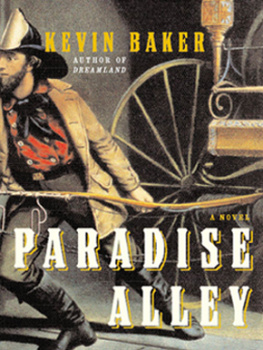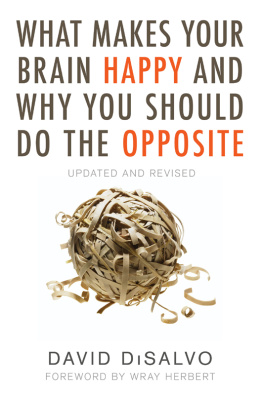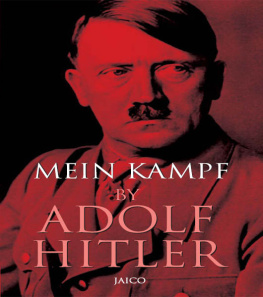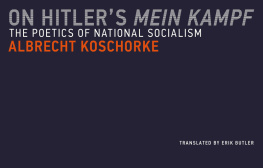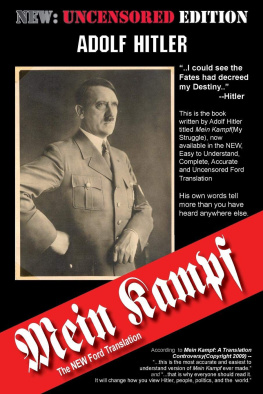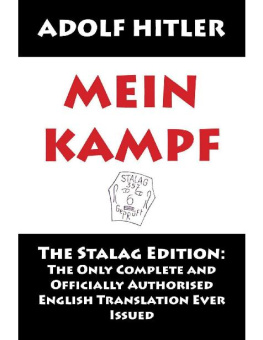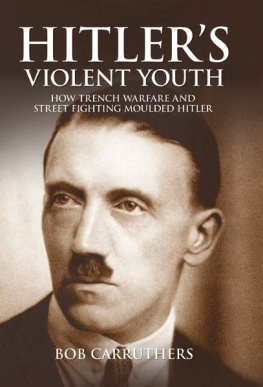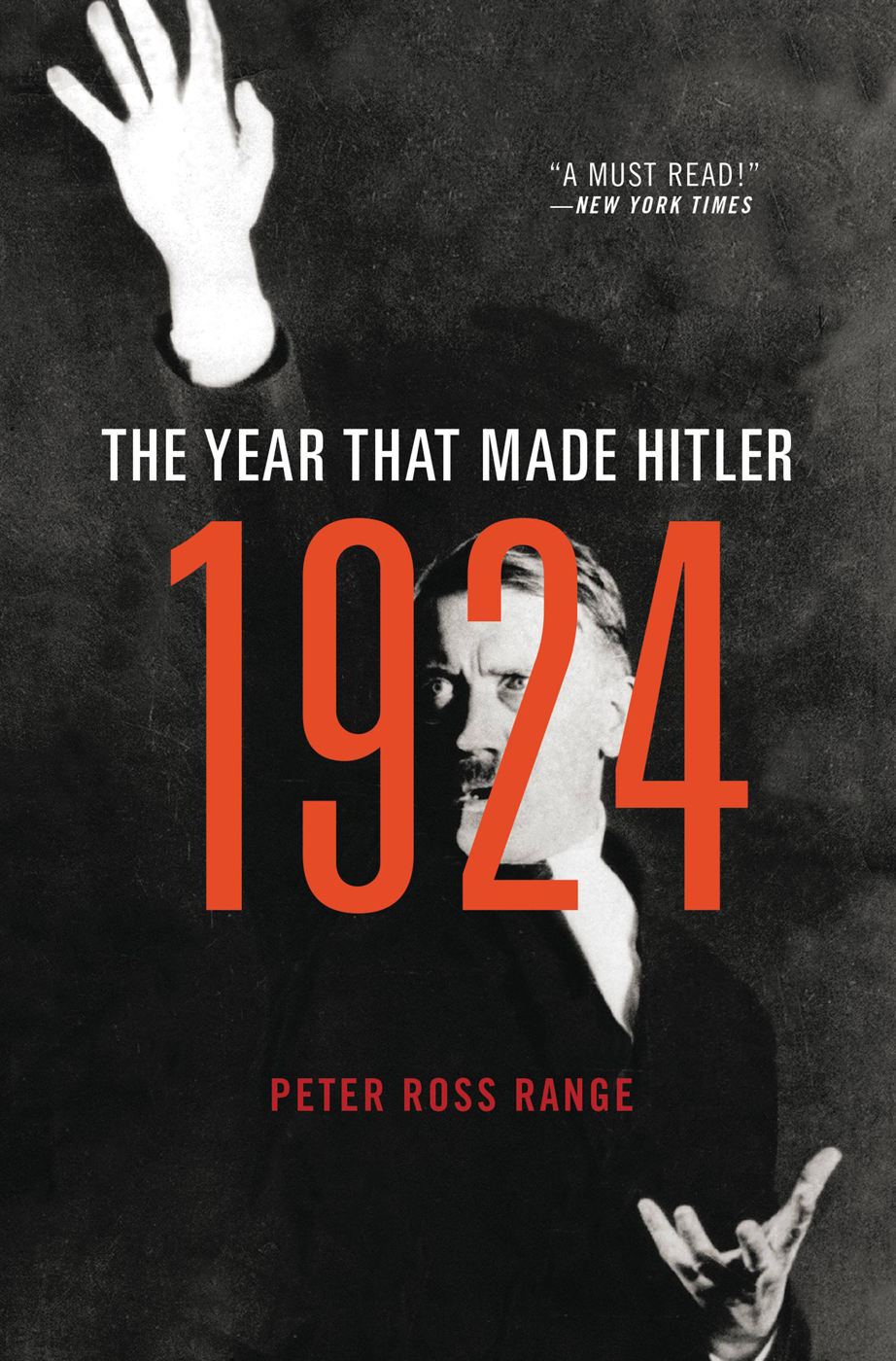Thank you for buying this ebook, published by HachetteDigital.
To receive special offers, bonus content, and news about ourlatest ebooks and apps, sign up for our newsletters.
Copyright 2016 by Peter Ross Range
Map by David Lambert
Cover design by Susan Zucker
Cover photograph by Heinrich Hoffmann. Keystone-France, Getty Images
Cover copyright 2016 Hachette Book Group, Inc.
All rights reserved. In accordance with the U.S. Copyright Act of 1976, the scanning, uploading, and electronic sharing of any part of this book without the permission of the publisher constitute unlawful piracy and theft of the authors intellectual property. If you would like to use material from the book (other than for review purposes), prior written permission must be obtained by contacting the publisher at permissions@hbgusa.com. Thank you for your support of the authors rights.
Little, Brown and Company
Hachette Book Group
1290 Avenue of the Americas, New York, NY 10104
littlebrown.com
facebook.com/littlebrownandcompany
twitter.com/littlebrown
First ebook edition: January 2016
Little, Brown is a division of Hachette Book Group, Inc. The Little, Brown name and logo are trademarks of Hachette Book Group, Inc.
The publisher is not responsible for websites (or their content) that are not owned by the publisher.
The Hachette Speakers Bureau provides a wide range of authors for speaking events. To find out more, go to hachettespeakersbureau.com or call (866) 376-6591.
The photograph on the cover, which shows Hitler practicing rhetorical poses in 1926 or 1927, captures the bombastic speaking style he had developed by 1923.
ISBN 978-0-316-38399-8
E3-20160416-JV-PC
For
Christopher and Shannon
The Germans have been liberated from Hitler but they will never be able to get rid of him.
E BERHARD J CKEL, HISTORIAN, 1979
How it happened that Hitler came to power is still the most important question of nineteenth- and twentieth-century German history, if not of all German history.
H EINRICH A UGUST W INKLER, HISTORIAN, 2000
Auschwitz is a German wound that never heals.
G ABOR S TEINGART, JOURNALIST AND PUBLISHER, 2015
The failure of the putsch was perhaps the greatest good fortune of my life.
ADOLF HITLER
On the evening of November 8, 1923, with a coming snowfall in the air, Adolf Hitler, a thirty-four-year-old politician known for his hot rhetoric, forced his way into a crowded beer hall on the southeast side of Munich. Surrounded by three bodyguards, two of them in military gear, Hitler held a pistol in one hand. With his eyes opened wide and looking like a drunken fanatic, the unimposing, five-foot nine-inch Hitler tried to interrupt a speech by the head of the Bavarian government. But he could not make himself heard. Climbing onto a chair, he raised his arm and fired a shot into the high coffered ceiling. Silence! he shouted. The three thousand audience members fell dead still, one witness recalled. Then the man on the chair made a shocking announcement.
The national revolution has begun! The building is surrounded by six hundred heavily armed men! No one is allowed to leave. Behind Hitler, a platoon of steel-helmeted men under the command of Captain Hermann Gring dragged a heavy machine gun into the beer hall entrance.
Thus began Adolf Hitlers infamous beer hall coup dtat of 1923. Called a putsch in German, the attempted overthrow had crumbled within seventeen hours. Fifteen of Hitlers men, four police troops, and one bystander had been killed. Two days later, Hitler was caught and carried off to Landsberg Prison, thirty-eight miles west of Munich. He was imprisoned for the next thirteen months, from November 11, 1923, to December 20, 1924.
The failed putschan effort to unseat both the Bavarian and German governmentswas a high-profile defeat for the budding Nazi leader and his small but radical movement. Hitlers year in prisonvirtually all of 1924was the price he paid for his premature lunge for power. He not only had botched the biggest gamble a politician can make, but also had lost face: he was dismissed by some as an extremist clown who had led his followers into disaster and death.
Yet, by the time he was released from prison, Hitler had converted his plunge into disgrace and obscurity into a springboard for success. The aborted coup dtat, it turned out, was the best thing that could have happened to him, and to his undisguised plans to become Germanys dictator. Had Hitler not spent 1924 in Landsberg Prison, he might never have emerged as the redefined and recharged politician who ultimately gained control of Germany, inflicted war on the world, and perpetrated the Holocaust. The year that brought Hitler downlate 1923 through late 1924and that by rights should have ended his career, was in fact the hinge moment in Hitlers transformation from impetuous revolutionary to patient political player with a long view of gaining power.
How did this transformation occur? How did Hitler make strategic use of his failure? For one thing, the man knew a good publicity opportunity when he saw it; he brazenly turned his monthlong, widely watched trial for treason into a political soapbox, catapulting himself from Munich beer-hall rabble-rouser to nationally known political figure. A prosecution for high treason that could have put Hitler out of political circulation long enough for his movement and his charisma to disappear instead became what many jurists regarded as an embarrassment to the German justice systemand that historians see as a turnaround moment in Hitlers climb to power.
Soon after recovering from his initial dark moments in Landsberg, Hitler turned his long months out of the political fray into a time of learning, self-reflection, and clarification of his views. In prison, he had a captive audience of forty men, his fellow culprits in the unsuccessful putsch, and he often treated them to long lectures from his writings and busy mind. But he needed to speak to the world. He was bursting with the urge to write, to capture his political philosophy for his followers, to cast into the permanence of print his beliefs and increasingly certain dogmas.
For long days and late into the night, he banged away on a small portable typewriter to produce what became the bible of Nazism, an autobiographical and political manifesto called Mein Kampf. Published after his release from prison, the book soon became Hitlers ticket to intellectual respectability within his own movement. He called his time in prison my university education at state expense.
His year of education changed Hitlers strategic vision, and it
In the voluminous study of Adolf Hitler, the emphasis has understandably been on the twelve harrowing years of the Third Reich, 1933 to 1945. Yet the preceding fourteen years, 1919 to 1933, are critical for comprehending Hitlers political rise and the Nazi nightmare. How it happened that Hitler came to power is still the most important question of nineteenth- and twentieth-century German history, if not of all German history, wrote historian Heinrich August Winkler.what did the millions find so compelling about the loud little man with the quick mind and convenient certainties regarding history and destiny? How did Hitler, fairly driven from the field in 1923 by his delusions of grandeur and overreach, reinvent himself in a prison cell as fated for greatness and leadership? For answers, we continue to turn the Rubiks Cube of history, looking again for clues and insights.


